Transom Fabrication
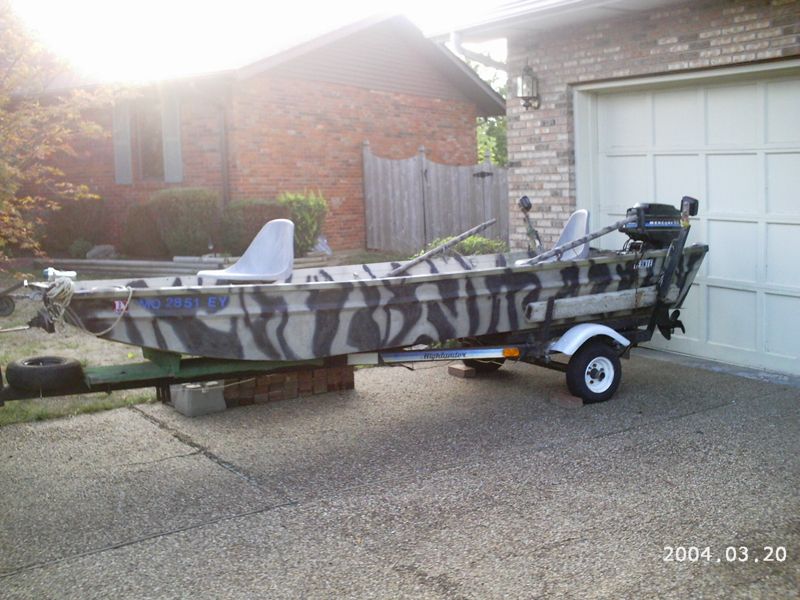
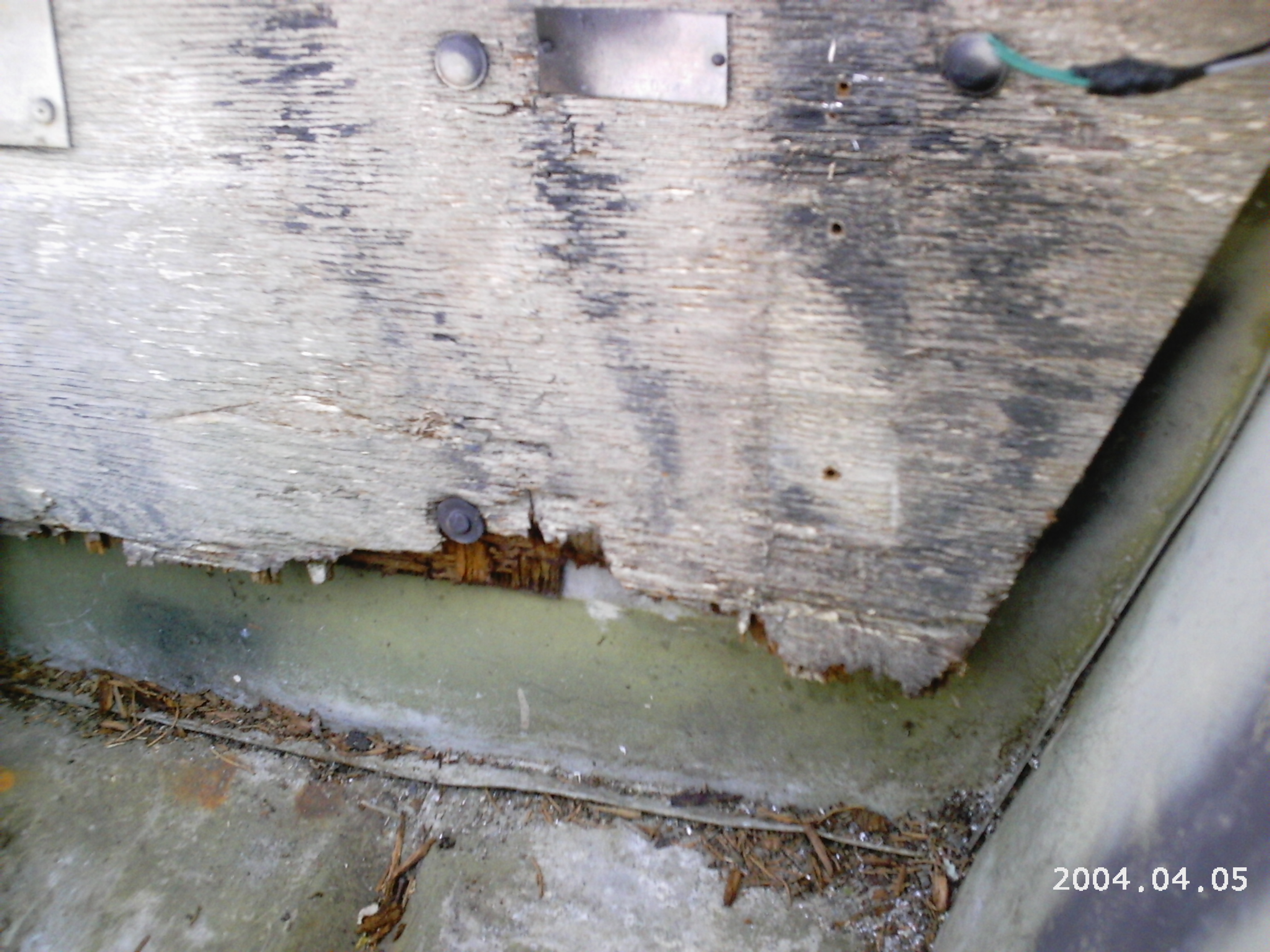
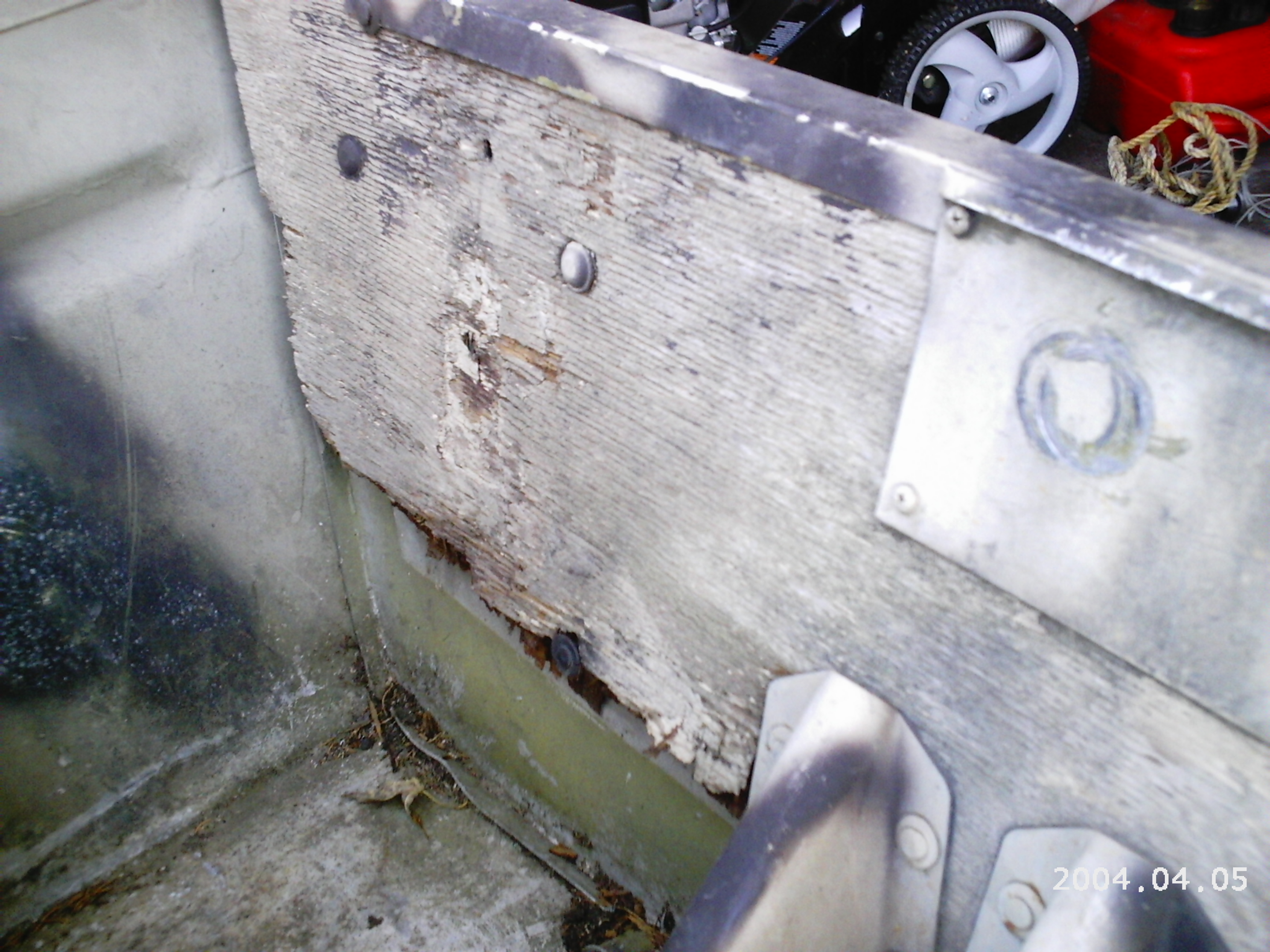
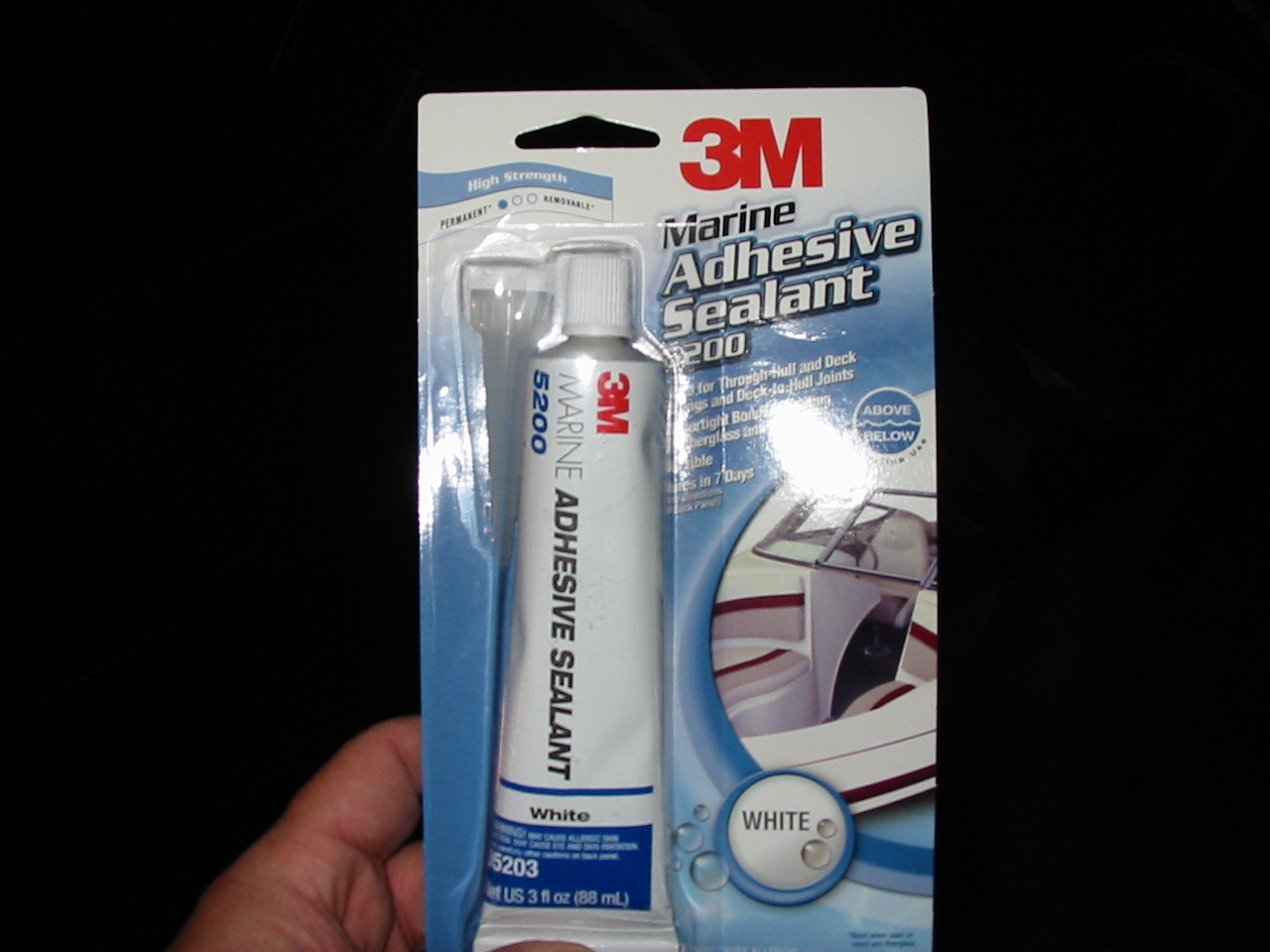
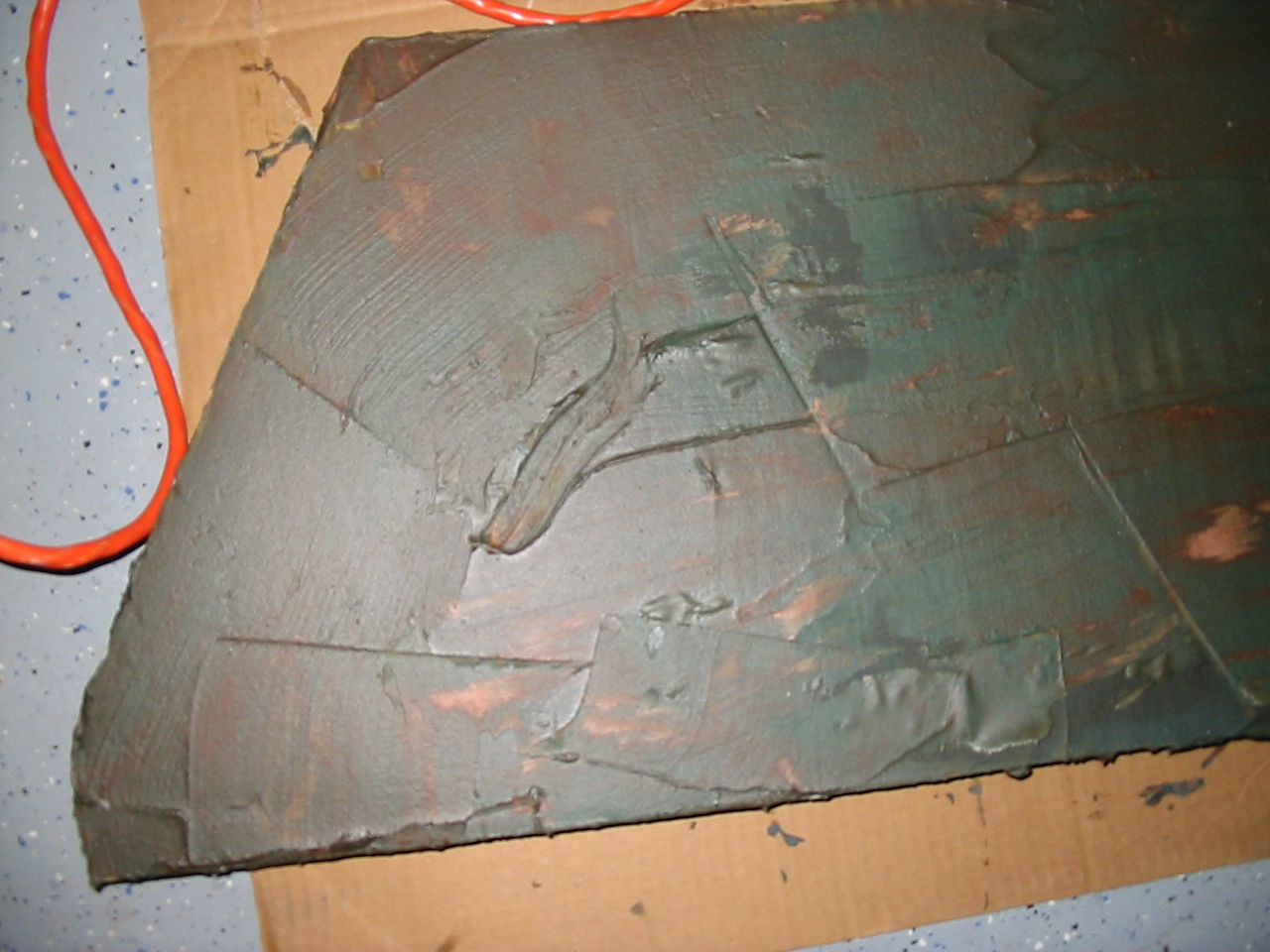
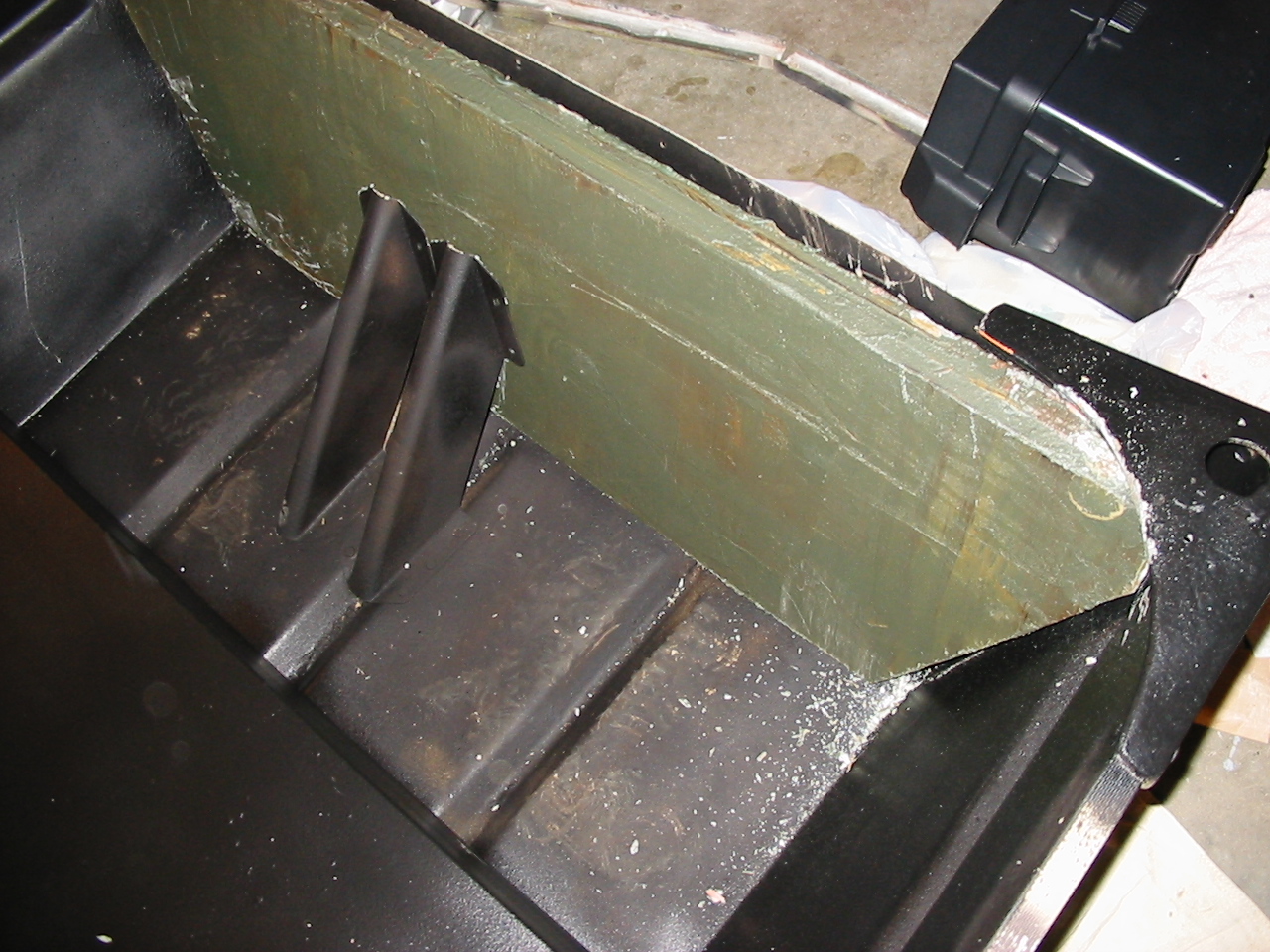
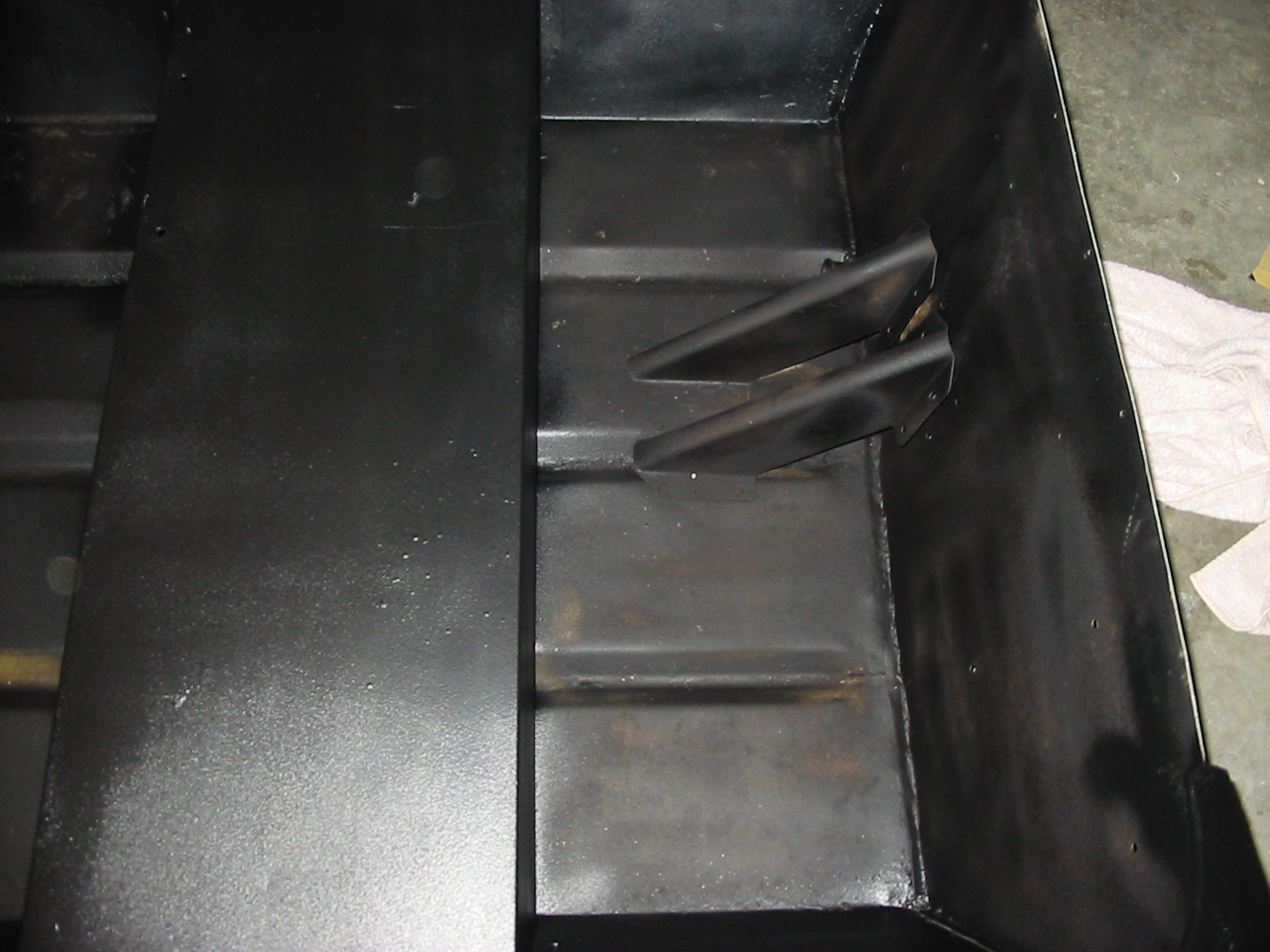
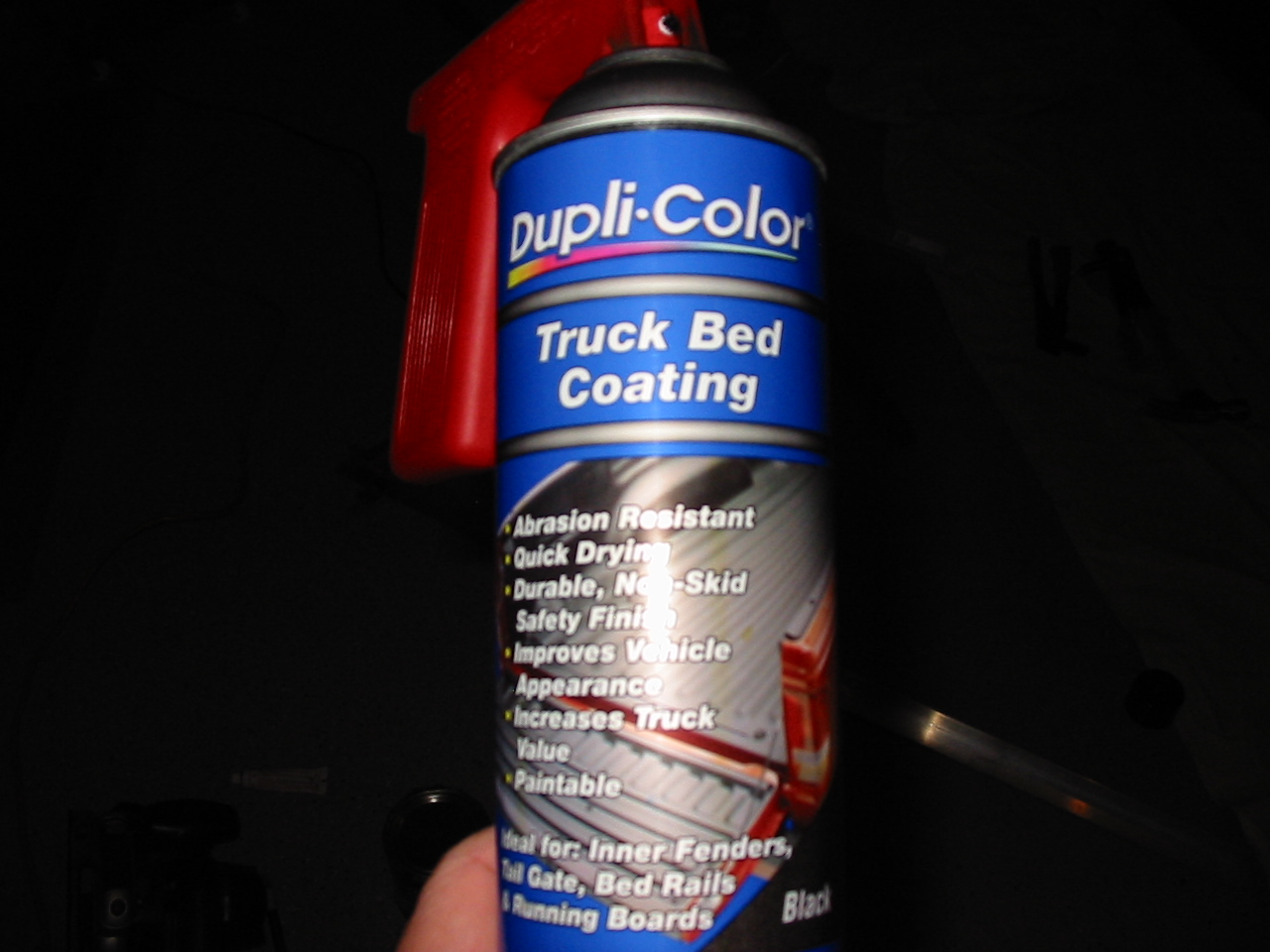
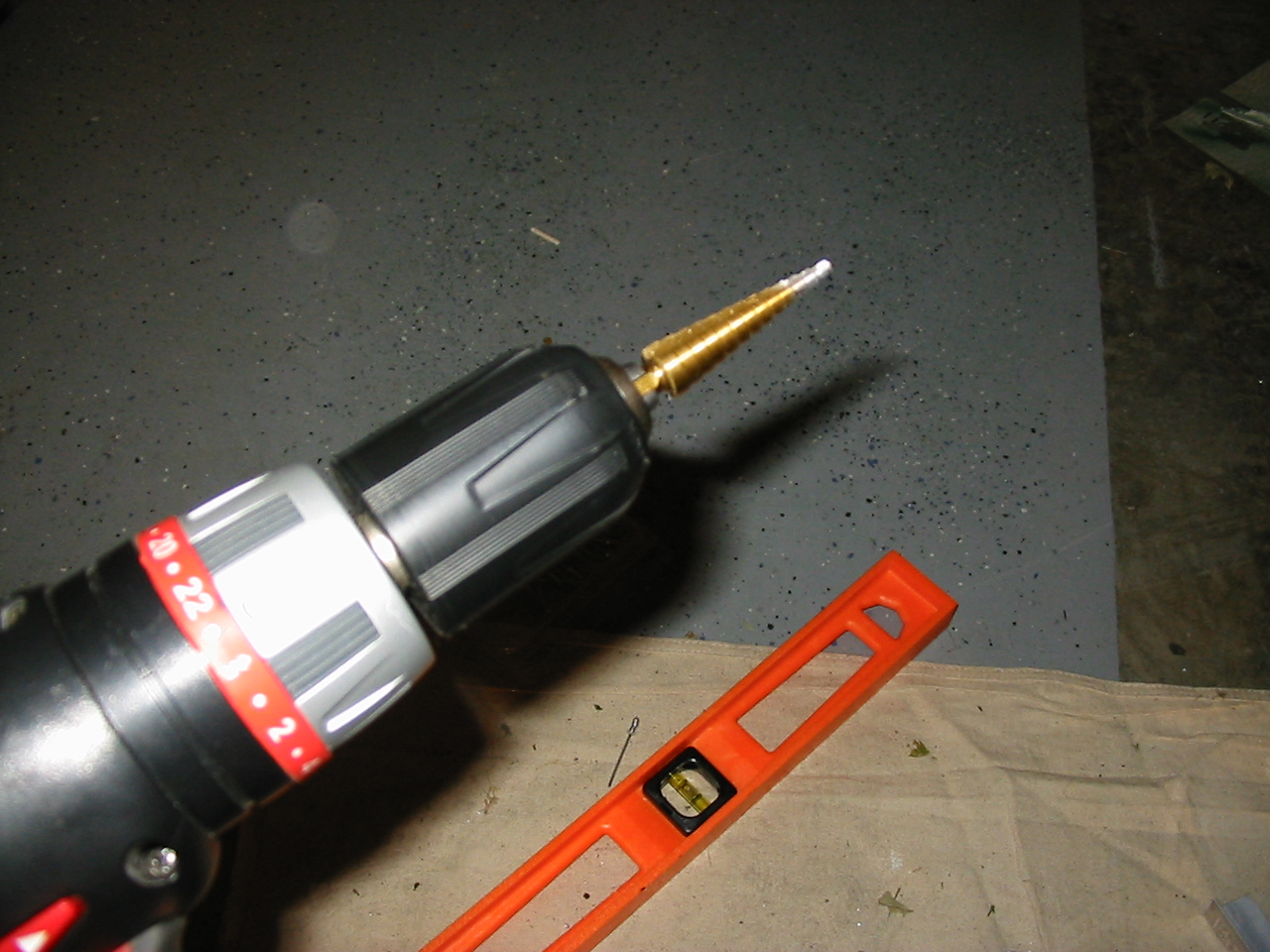
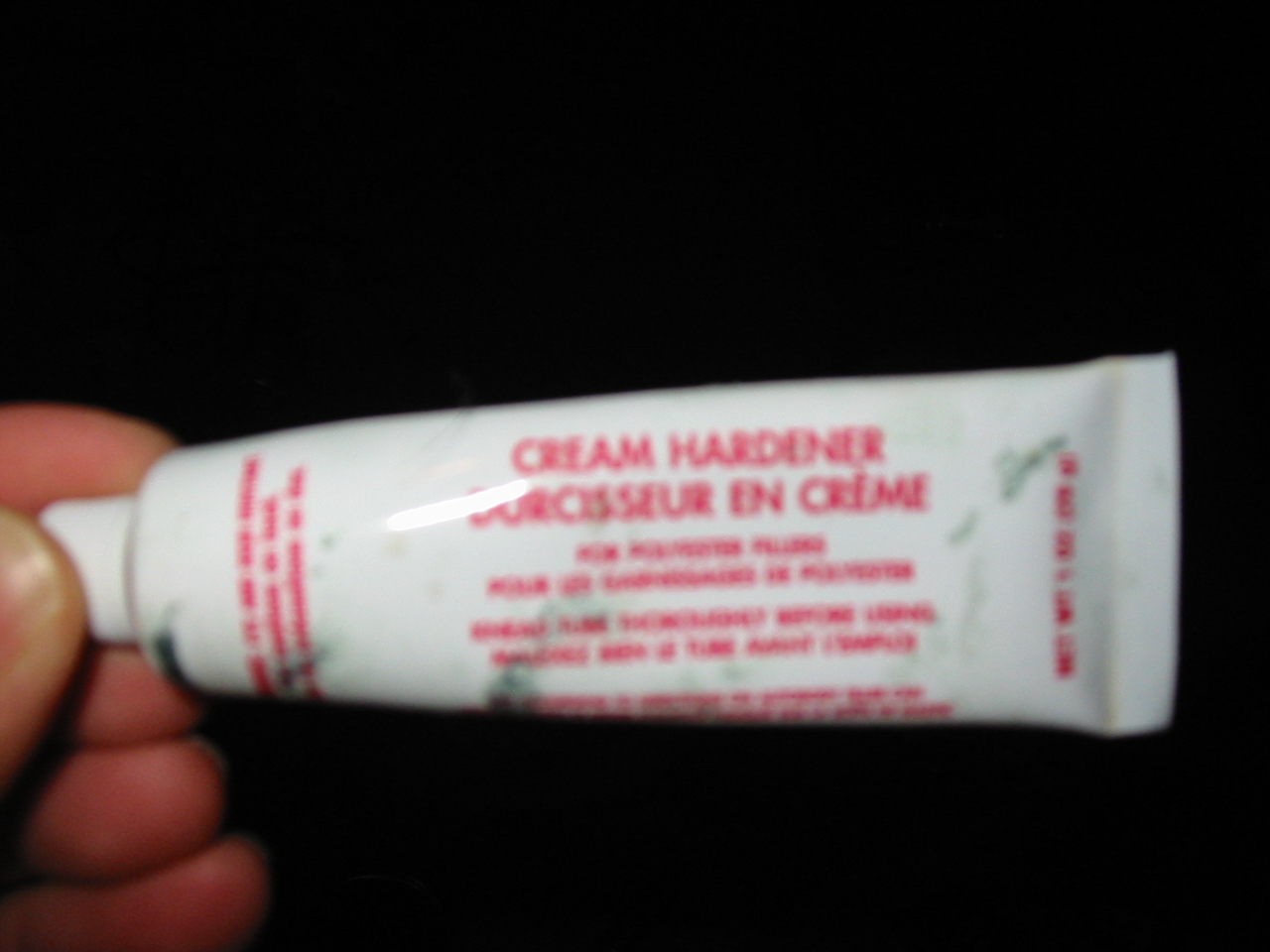
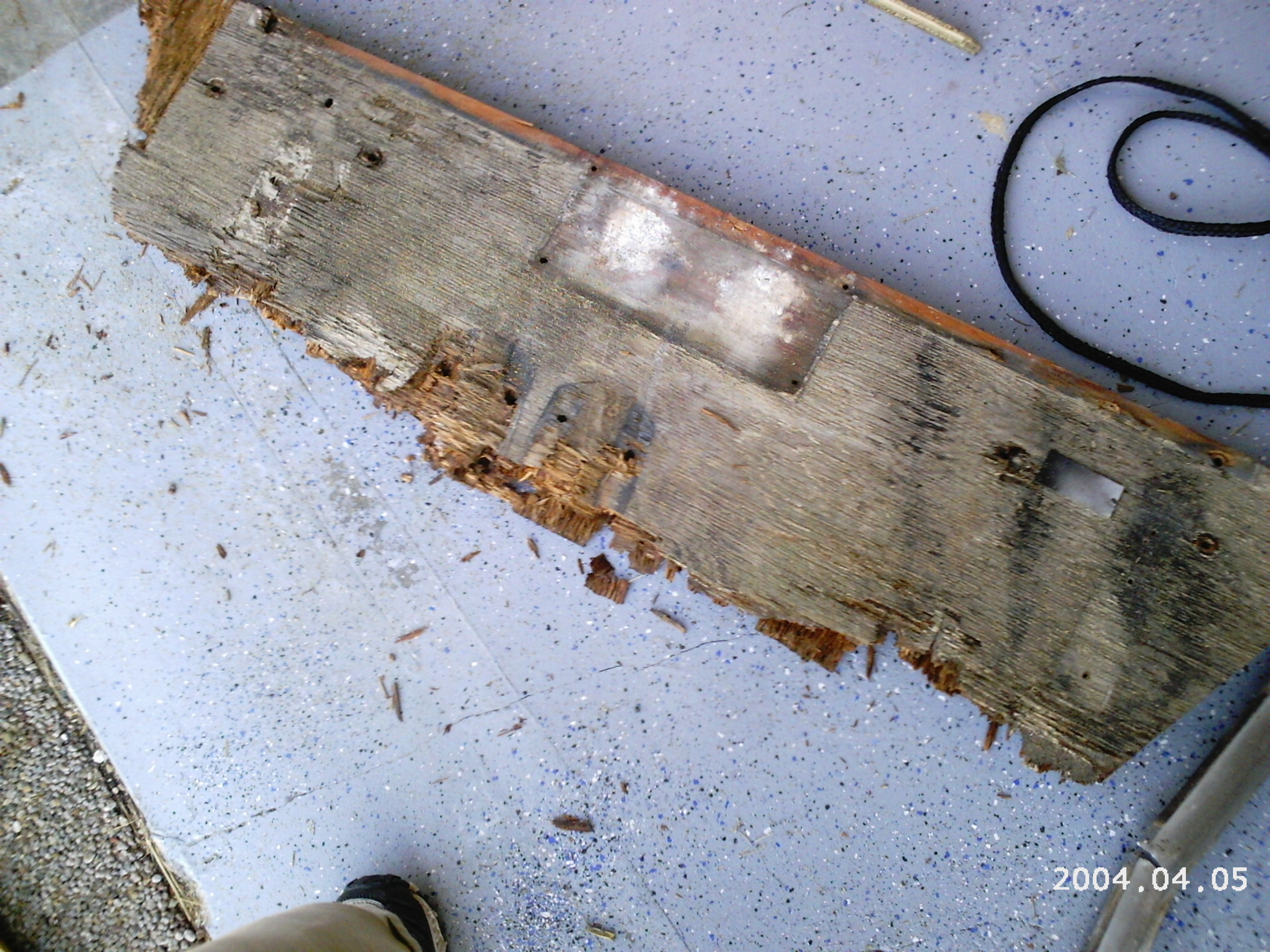
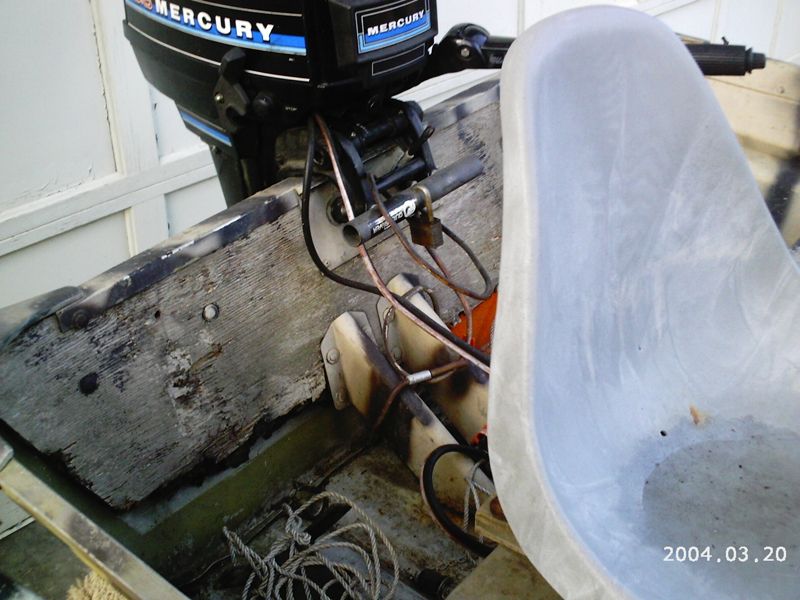
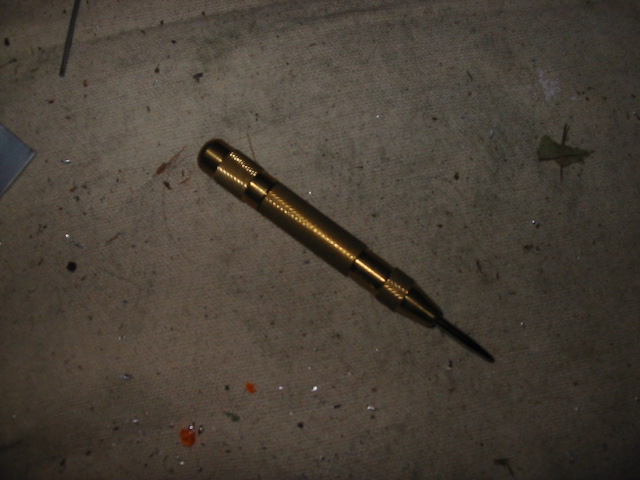
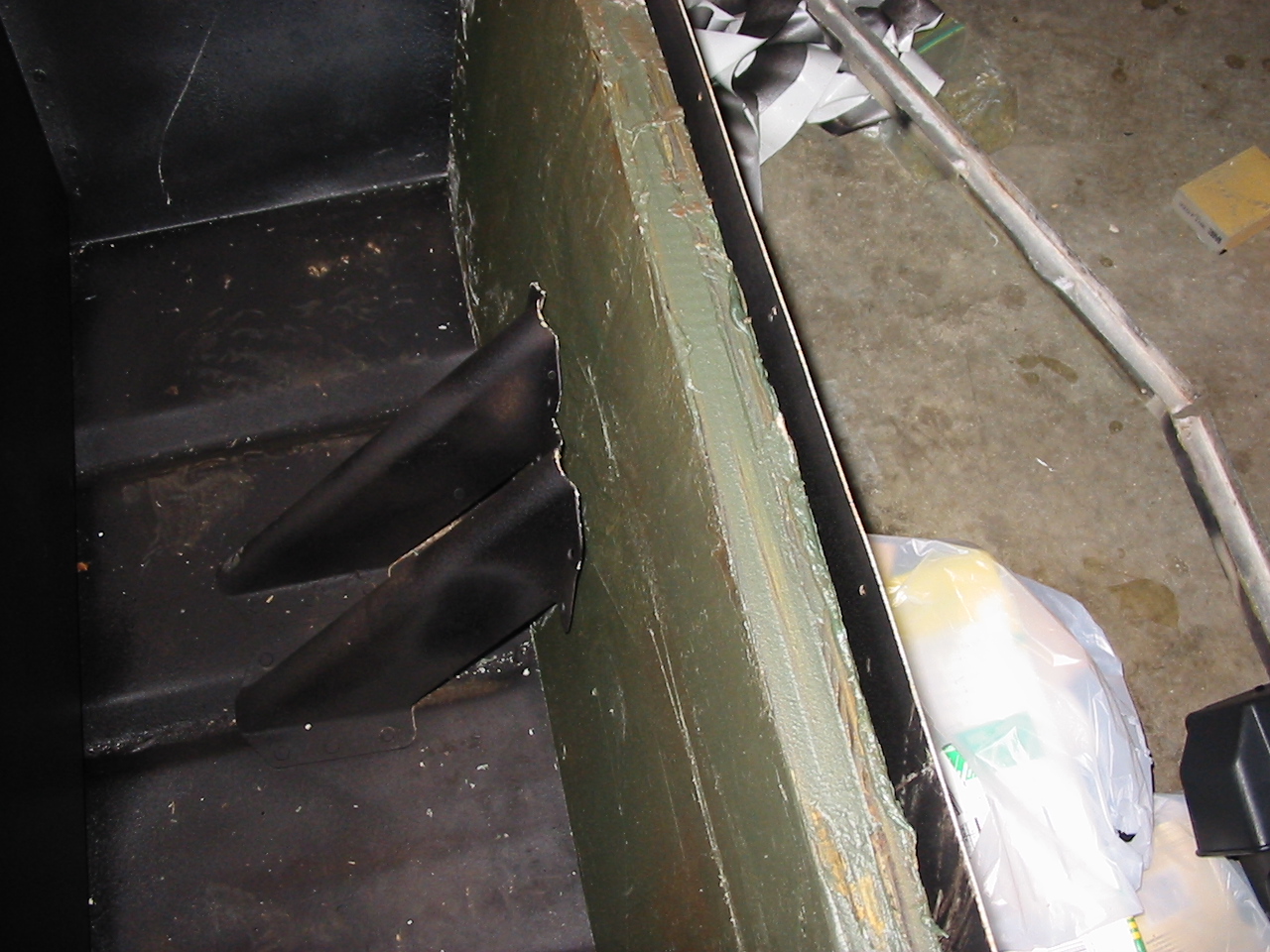
Typical small boats have transoms made of wood, as the years pass the wood will rot and become useless. This instructable will guide you in removing, fabricating and replacing the transom of that old boat you just bough againt your wife's wishes.
Materials
16 - 2" stainless steel carriage bolts
32 - Stainless Steel washers
16 - lock-washers
16 - Nylon threaded stainless steel nuts
2 - pieces of extruded aluminum "L" (optional)
1 - 6oz tube of 3M 5200 Marine Sealant
1 - 8' x 4' -½" Pressure Treated Plywood
1 - Can of fiberglass resin (Jelly)
1 - Bondo applicator
1 - 6oz tube of Gorilla Glue
Tools needed
Circular Saw
Palm Sander
Wood Clamps (you can use any type of weight if you don't have clamps)
Tape Measure
Straight Edge
Sharpie
Drill with stepped drill bit
Welding punch
Total cost: around $125
Materials
16 - 2" stainless steel carriage bolts
32 - Stainless Steel washers
16 - lock-washers
16 - Nylon threaded stainless steel nuts
2 - pieces of extruded aluminum "L" (optional)
1 - 6oz tube of 3M 5200 Marine Sealant
1 - 8' x 4' -½" Pressure Treated Plywood
1 - Can of fiberglass resin (Jelly)
1 - Bondo applicator
1 - 6oz tube of Gorilla Glue
Tools needed
Circular Saw
Palm Sander
Wood Clamps (you can use any type of weight if you don't have clamps)
Tape Measure
Straight Edge
Sharpie
Drill with stepped drill bit
Welding punch
Total cost: around $125
Removing the Old Rivets





The first thing to do is identify all rivets that run through the transom. In my case I had 16. After identifying the rivets to remove, mark the outside of the rivet head with a black dot with a sharpie. No use drilling out a good rivet.
After marking the rivets to be drilled out get your drill and get to work. Besides replacing the rivets with carriage bolts, this is probably the most difficult task of the process. Use a spring loaded punch to start a divot on the rivet head so your drill bit doesn't go all wild. Drill the rivet head as least as possible, once you see the head is about to be drilled through, stop immediately, no use making the hole in the hull any bigger than it needs to be. Repeat this task for all of the marked rivets. When you are done, the transom should be loose and with a little coercing, be ready to be removed.
After marking the rivets to be drilled out get your drill and get to work. Besides replacing the rivets with carriage bolts, this is probably the most difficult task of the process. Use a spring loaded punch to start a divot on the rivet head so your drill bit doesn't go all wild. Drill the rivet head as least as possible, once you see the head is about to be drilled through, stop immediately, no use making the hole in the hull any bigger than it needs to be. Repeat this task for all of the marked rivets. When you are done, the transom should be loose and with a little coercing, be ready to be removed.
A Little Side Note:


Just a little side not here: If you are going to be doing any additional hull work on this boat, now (after the transom is removed) is a great time to do it. With this boat, I sanded and painted the exterior and sanded and used a Rhino type bed liner on the interior. I would highly recommend doing this type of work before reinstalling the newly fabricated transom.
Learning From My Mistakes
Now heres chance for you to learn from my mistake:
Once I got the transom removed, I noticed it was 1" thick, so being the numb-skull I am, I made the decision to add another layer to it. Big mistake. The holes in the transom reinforcement, didnt line up to well because of the added layer in thickness. The thought that I might want to add a larger motor to the boat in the future led me down the path of knuckle-headed-ness. So if you want my advice. Stick to the original design, if the transom is 1" thick, rebuild it 1" thick.
Once I got the transom removed, I noticed it was 1" thick, so being the numb-skull I am, I made the decision to add another layer to it. Big mistake. The holes in the transom reinforcement, didnt line up to well because of the added layer in thickness. The thought that I might want to add a larger motor to the boat in the future led me down the path of knuckle-headed-ness. So if you want my advice. Stick to the original design, if the transom is 1" thick, rebuild it 1" thick.
Fabricating the Transom

On to fabricating the replacement transom: Most, if not all wooden transoms in smaller boats are made of plywood. From the looks of the transom in this boat, I would estimate a typical transom will last about 20 years or so before they need to be replaced. This boat is a 1972 and the pictures were taken in late 2007 and as you can see, the transom was in bad shape. It should have been replaced years ago.
The first thing to do is to take the old rotten transom and use it as a template as best as you can. Some of it could bee missing due to rot and whatnot. Do your best to draw that area in when tracing the template. Since we're using ½" pressure treated plywood, you're going to be doing this twice. Go ahead and cut out your first piece after tracing it out, you're going to use this newly cut piece as the template for the 2nd piece.
After cutting the two pieces of transom, you going to need to sandwich them together to form a 1" piece. To do this, I used Gorilla Glue; it works like a dream in this type of application. Be sure to clean all of the sawdust and loose wood from both or the surfaces, then apply a light mist of water to the sides of the wood to be glued. The water helps the Gorilla Glue cure. Lay down horizontal lines of glue from edge to edge then cross those lines with vertical lines of glue making a checkerboard pattern. Line up the edges and press the two pieces of wood firmly together. Now you can either use some wood clamps or you can lay it flat and put some bricks on it, either way you want the two pieces pressed as firmly together as possible. I would leave this in a place where it can sit, undisturbed for at least 48 hours. Almost forgot to mention, put something under it like a drop cloth or newspaper, since glue will seep out and onto the floor.
The first thing to do is to take the old rotten transom and use it as a template as best as you can. Some of it could bee missing due to rot and whatnot. Do your best to draw that area in when tracing the template. Since we're using ½" pressure treated plywood, you're going to be doing this twice. Go ahead and cut out your first piece after tracing it out, you're going to use this newly cut piece as the template for the 2nd piece.
After cutting the two pieces of transom, you going to need to sandwich them together to form a 1" piece. To do this, I used Gorilla Glue; it works like a dream in this type of application. Be sure to clean all of the sawdust and loose wood from both or the surfaces, then apply a light mist of water to the sides of the wood to be glued. The water helps the Gorilla Glue cure. Lay down horizontal lines of glue from edge to edge then cross those lines with vertical lines of glue making a checkerboard pattern. Line up the edges and press the two pieces of wood firmly together. Now you can either use some wood clamps or you can lay it flat and put some bricks on it, either way you want the two pieces pressed as firmly together as possible. I would leave this in a place where it can sit, undisturbed for at least 48 hours. Almost forgot to mention, put something under it like a drop cloth or newspaper, since glue will seep out and onto the floor.
Applying the Fiberglass Jelly
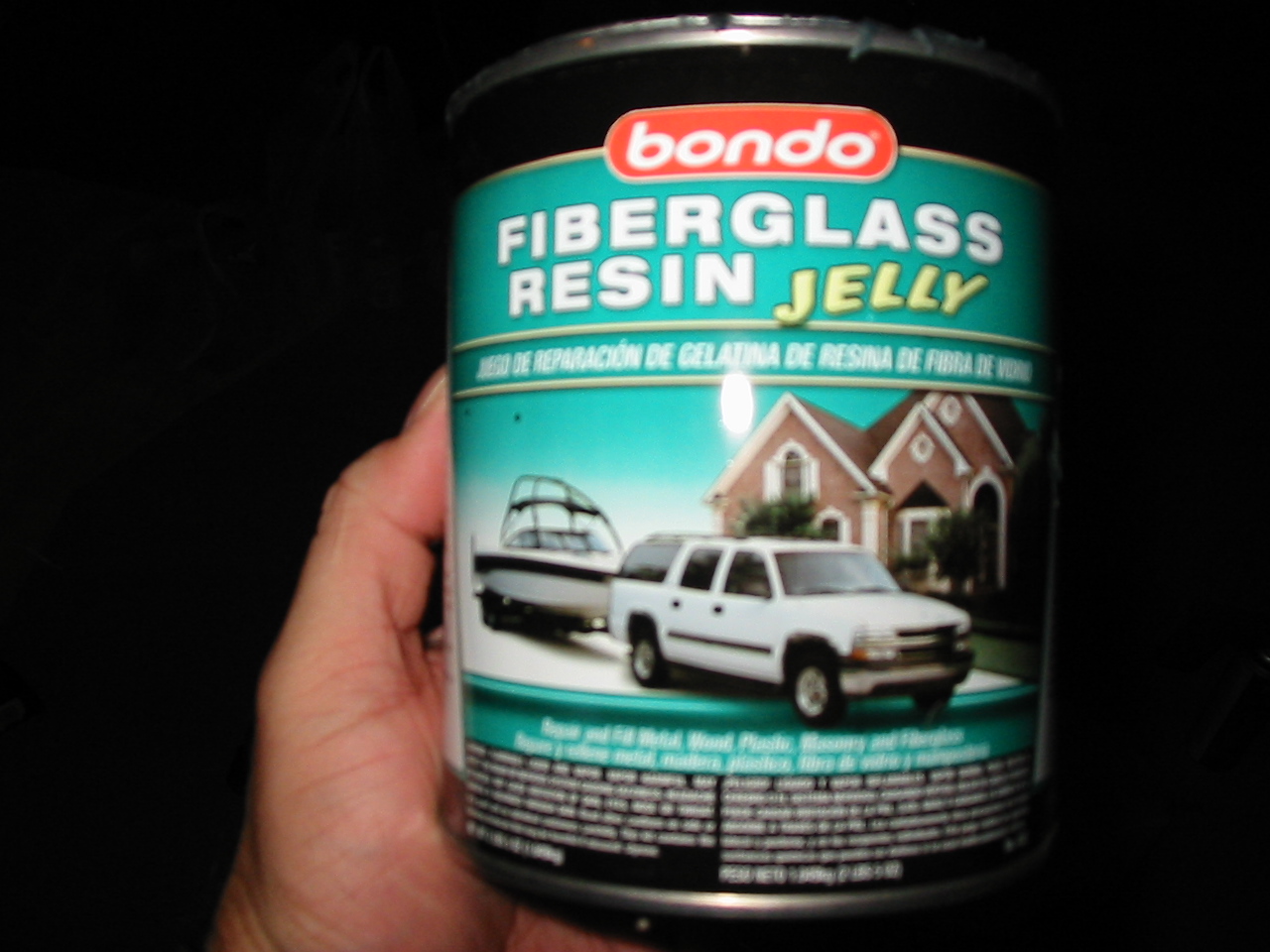


Fast forward 48 hours.
Your transom is ready for some light sanding and then a copious amount of fiberglass resin (Jelly) Go along the edges with a palm sander (you manly men can hand sand if you like) try and level up all your edges and remove excess glue that seeped out from the edges. Clean up the wood and remove dust and lay it flat on some newspapers for the first application the fiberglass resin. I used a piece of cardboard for mixing; put down the recommended amount of resin and apply the pea sized amount of cream hardener. Mix it as briskly as possible with the applicator and start applying it to the transom making sure to get the sides and cover all exposed wood. Don't worry about getting it perfect, we're going to be sanding this bad boy once it cures. After the first side is complete, let it cure overnight and flip it over and do the other side.
One thing I noticed is that the ridges are rather hard to sand, this stuff hardens up nicely. I didn't spend too much time trying to make it smooth since it wasn't going to be exposed in my boat. Once you have it sanded to your liking you're going to try and get it back to where it belongs. It took some time for me since I added the extra ½" layer to it. If you stuck with the original thickness, you should be okay. Now that it's in place break out the wood clamps again and clamp it into place, use as many as possible since your drill force is going to be pushing against it.
Your transom is ready for some light sanding and then a copious amount of fiberglass resin (Jelly) Go along the edges with a palm sander (you manly men can hand sand if you like) try and level up all your edges and remove excess glue that seeped out from the edges. Clean up the wood and remove dust and lay it flat on some newspapers for the first application the fiberglass resin. I used a piece of cardboard for mixing; put down the recommended amount of resin and apply the pea sized amount of cream hardener. Mix it as briskly as possible with the applicator and start applying it to the transom making sure to get the sides and cover all exposed wood. Don't worry about getting it perfect, we're going to be sanding this bad boy once it cures. After the first side is complete, let it cure overnight and flip it over and do the other side.
One thing I noticed is that the ridges are rather hard to sand, this stuff hardens up nicely. I didn't spend too much time trying to make it smooth since it wasn't going to be exposed in my boat. Once you have it sanded to your liking you're going to try and get it back to where it belongs. It took some time for me since I added the extra ½" layer to it. If you stuck with the original thickness, you should be okay. Now that it's in place break out the wood clamps again and clamp it into place, use as many as possible since your drill force is going to be pushing against it.
Replacing the Old Rivets With Carriage Bolts

Choose a drill bit that matches the diameter of you carriage bolts and start drilling holes through the transom in the places where the old rivets were. As you finish each hole make sure it's big enough for the bolt to pass through, remove the bolt and fill the hole with the 3M 5200 sealant. (Quick tip: wear latex gloves. This stuff is a bear to clean up.) First put a washer on the bolt and push it through the freshly drilled and 5200 sealed hole. On the other end put another washer, lock washer and then bolt. Before pushing the bolts all the way through, apply a copious amount of 5200 to the areas when the washer will meet with the boat. Repeat this step with all holes left from drilling out the old rivets. Tighten the bots down as tight as possible using a normal ratchet or wrench. Give the 5200 sealant 48-72 hours to cure.
Note: The great thing about the 3M 5200 sealant is that it cures up fairly hard, but still has enough elasticity to flex when the boat itself flexes during normal operation.
Note: The great thing about the 3M 5200 sealant is that it cures up fairly hard, but still has enough elasticity to flex when the boat itself flexes during normal operation.
Transom Cap?
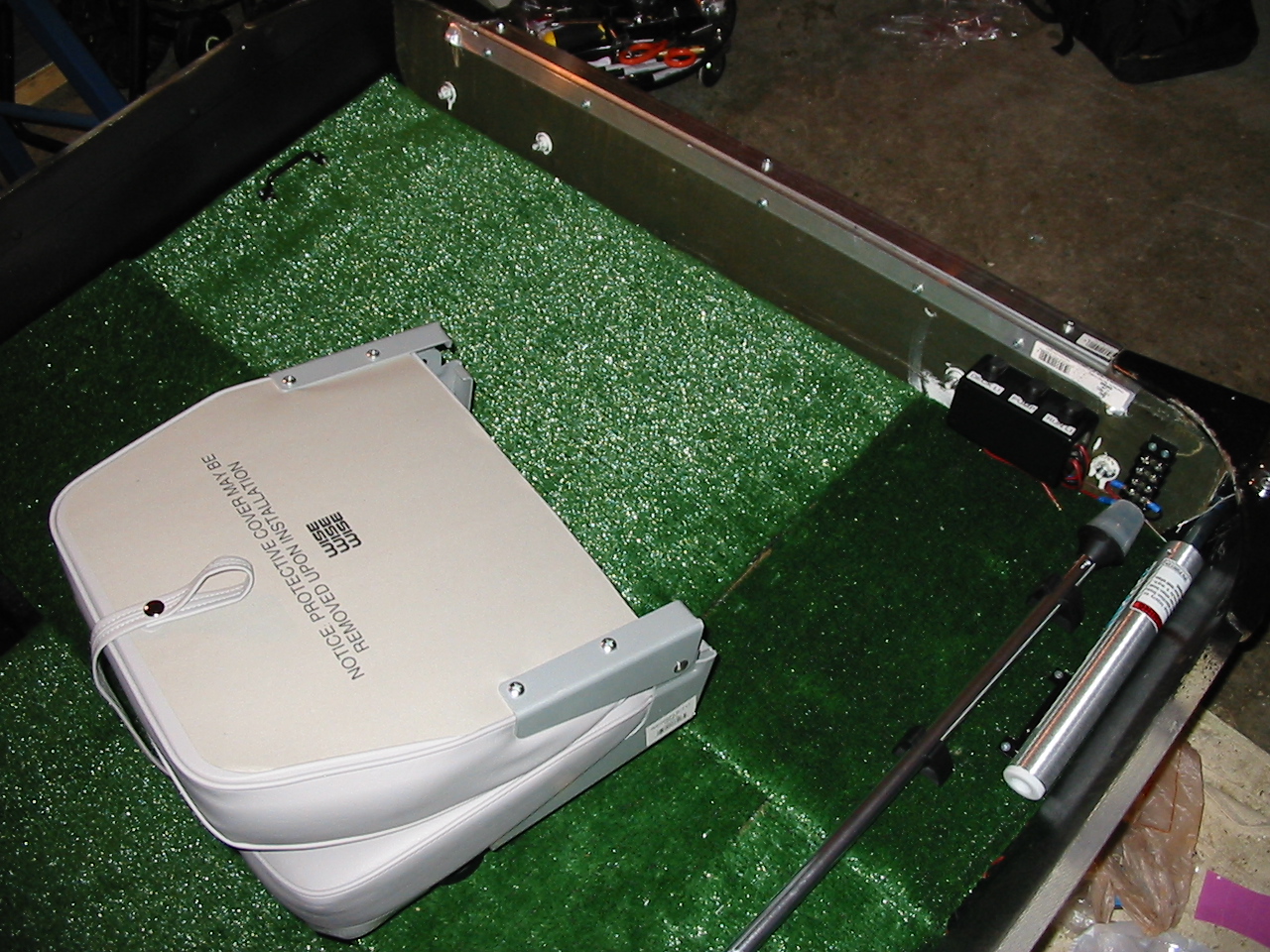
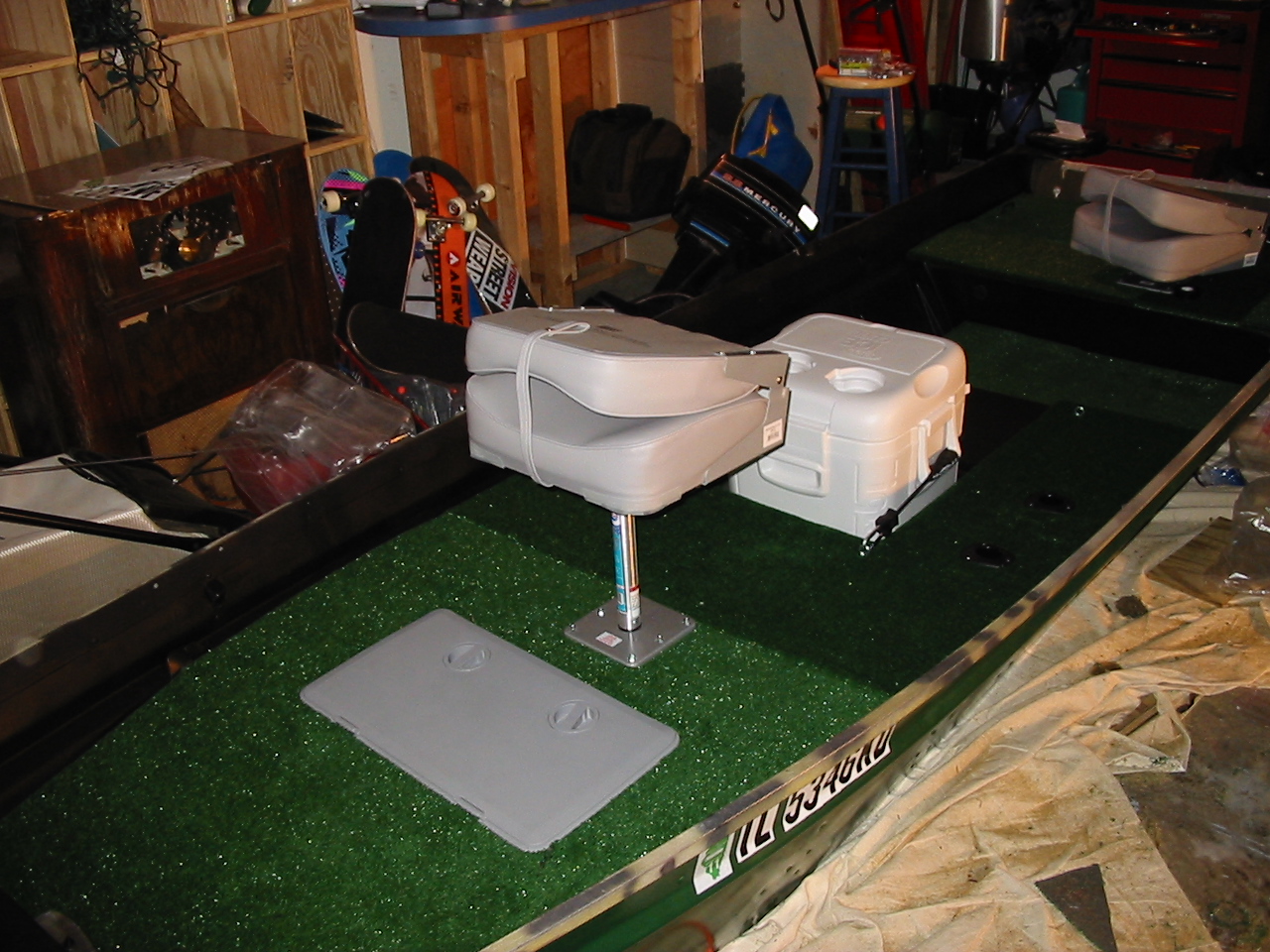
If there was an aluminum cap along the top edge of the transom and it couldn't be salvaged (like in my case) replace it with 2 pieces of extruded aluminum "L" pieces. It works just fine and give the transom cap a nice finished look.
Bolt on your motor and hit the water.
Next time: Building a fishing deck and installing pedestal seats in your boat.
Bolt on your motor and hit the water.
Next time: Building a fishing deck and installing pedestal seats in your boat.